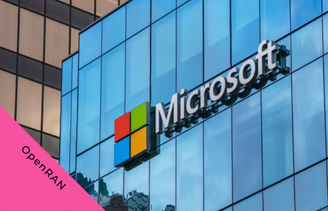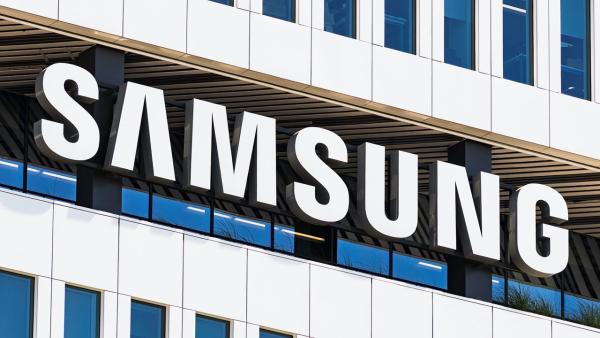Written by Dan Meyer, Executive Editor, SDX Central

Microsoft is developing a radio access network (RAN) analytics and control technologies targeted at supporting virtualized RAN (vRAN) gear from third-party vendors running on Microsoft's Edge platforms and builds on the industry's broader work on a RAN intelligent controller (RIC) specifications.
Yousef Khalidi, corporate VP of Azure for Operators at Microsoft, explained in a blog post that the vendor’s work is based on extending the current RIC architecture as specified by the O-RAN Alliance. He wrote the specification exposes a set of telemetry and control interfaces with predefined service models (known as the E2 interface) that open RAN vendors are expected to implement and that feed near-real-time xApp applications.
These xApps are needed to help operators gauge the performance and reliability of their open RAN-based networks.
Khalidi noted Microsoft is working to extend the E2 interface so that it can dynamically extract detailed internal data and real-time telemetric data from live RAN software to provide more detailed RAN control for operators. The Microsoft RAN analytics and control framework would allow third-party RAN vendors to run specific applications that can extract this data for the operator without interfering with the normal RAN operation.
With this technology, together with detailed platform telemetry, operators can achieve better network monitoring and performance optimization for their 5G networks, and enable new artificial intelligence, analytics, and automation capabilities that were not possible before, Khalidi wrote.
Microsoft has been working with Capgemini and Intel to develop a prototype of the system using Capgemini's 5G RAN and Intel's FlexRAN reference software.
That work has found the ability to produce better power modulation for a RAN deployment as the framework can better react to network load requirements. It can also better scrape data from the network to determine interference or performance issues for more precise remediation.
RIC Work
The RIC is becoming a critical component of open RAN and deployments Operators and vendors have been increasing their focus on developing this architecture in order to power the performance and efficiency gains tied to open RAN and vRAN.
The RIC operates in the middle of an open RAN deployment as a kind of linkage to the wider network. It allows operators to deploy xApps and rApps that then allow operators to design and control RAN functions, providing administrative RAN sovereignty over functions that are typically implemented as proprietary features on base stations.
These are microservice-based applications operating in near-real time (xApps) and non-real time (rApps) that provide an operator with more control over their open RAN environments.
A recent report from LightCounting Market Research explained that the RIC market and its accompanying service management and orchestration (SMO) framework have so far not matured as quickly as it has expected.
LightCounting Chief Analyst Stphane Teral wrote in a note that RIC is being pushed out by the global open RAN market lull until 2024 while SMO is hindered by a need to cover all radios rather than just shiny open RAN radios is emerging and delaying its adoption
Instead, the firm is seeing continued expansion of centralized self-optimizing network (C-SON) and distributed SON (D-SON), which are currently handling the rApp and xApp responsibilities, respectively.
Microsoft Azure for Operator Progresses
For Microsoft, this work builds on its growing Azure for Operators platform that initially began in late 2020. The cloud giant has since bolstered the platform, including the substantial acquisition of AT&T's Network Cloud software platform in mid-2021.
That bolstering comes as rival hyperscalers Amazon Web Services (AWS) and Google have also been updating their similar platforms
Click here to read the original article









